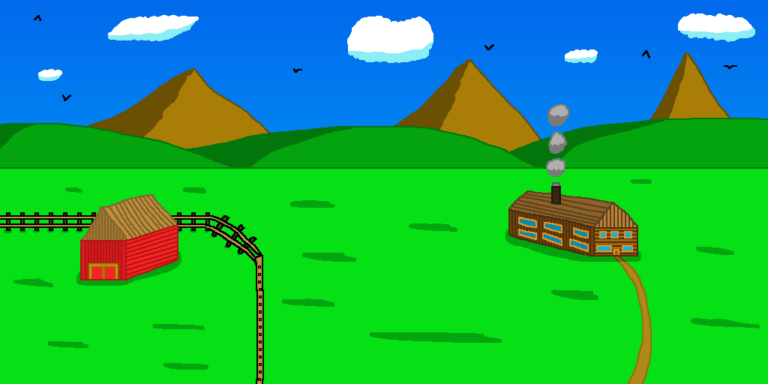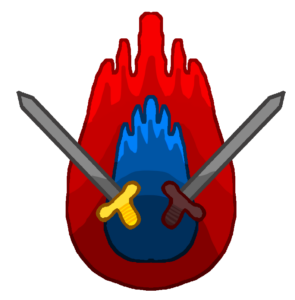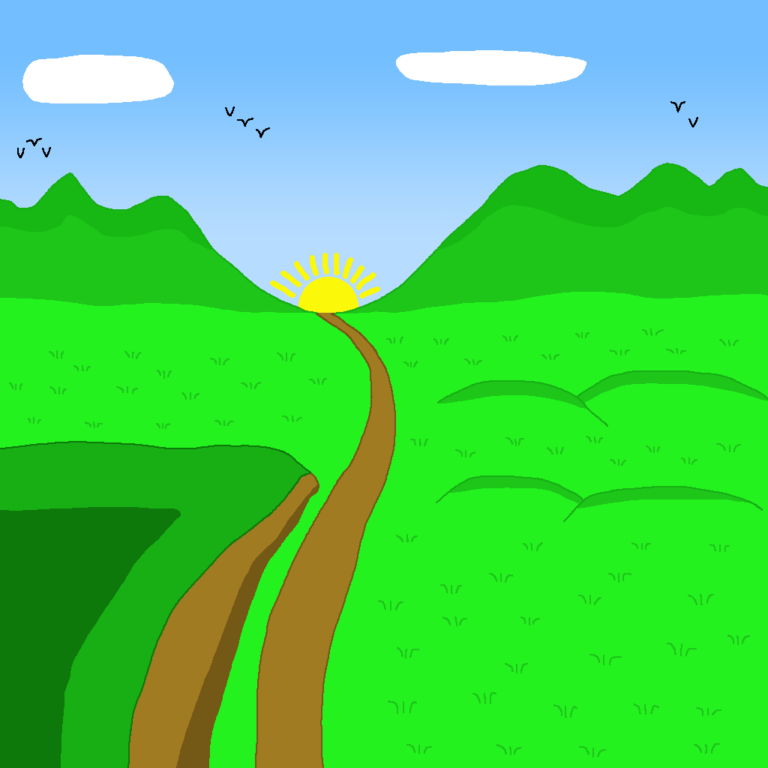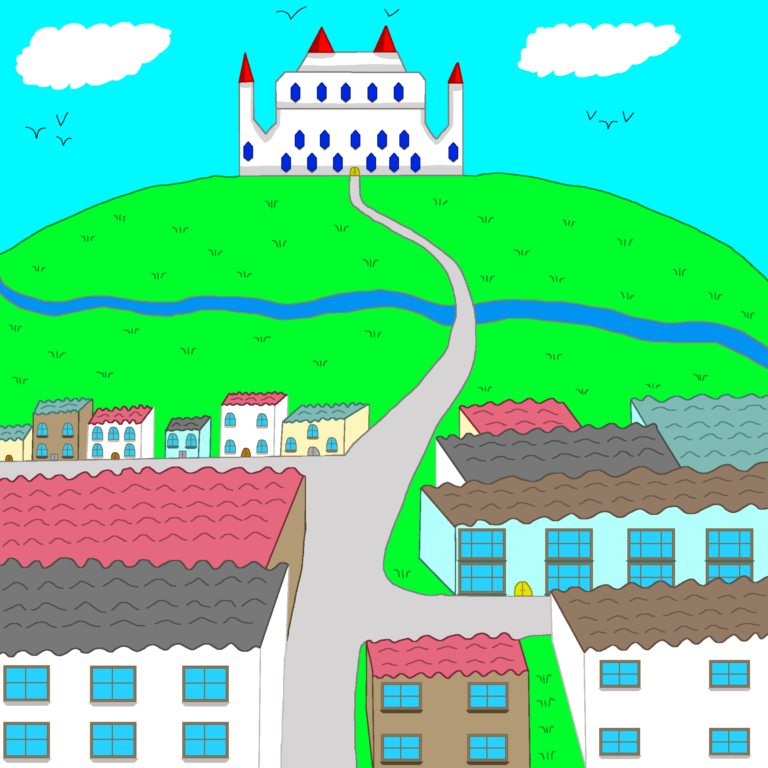Join US
Do you want to build the fantasy world you’ve always dreamed of?
Subscribe to receive notifications when a new post is out and for our monthly newsletter!
You can always unsubscribe anytime.


There’s nothing more relaxing than living out in the countryside on a farm after a long day of tending to the animals and crops and sitting on a rocking chair as you watch the sunset. Fantasy farms are one of the most important buildings in the world for a good reason. Farmers grow crops and animals that feed the population of the world.
Farms in fantasy take inspiration from those of the medieval age, which isn’t surprising considering that the majority of the worlds in the genre take place in that time. Though there are a number of worlds that feature advanced technology, medieval-era fantasy farmers mostly work with what they have. That is, they use animals like horses and oxen to help them with the workload since machines haven’t been invented yet.
Fantasy farms are comprised of several important elements. One of them, crops, reinforce the notion that the people working them are actual farmers and help your readers immerse themselves into the world you’ve built. They reveal a world larger than the one they’ve seen so far, a dynamic world with many different people and occupations.
What animals and crops do you usually see in farms in fantasy? Many farms borrow from the real world by including animals such as chicken and crops like corn. Since it’s fantasy, many creators invent their own species of both crops and animals to show the fantastical element of farms.
While fantasy farms mainly serve the world by being the source of the food people eat, they have other roles that might not seem obvious at first. One such is that farmers are family-oriented and typically have large families, leading to their children working on the farms. They build on the concept of hard work and being a good citizen of society.
This is the twenty-third article in the series chronicling the various kinds of fantasy buildings. For more, take a gander at our blog page!
In order to create fantasy farms that feel natural, both to the people living in your world and to your readers, they need to have certain elements. Forgoing one or more runs the risk of hurting your audience’s chances of fully immersing themselves into your world. If you choose to do so, show them why.
First and foremost, farms need to have animals and crops. They wouldn’t be farms if it was just people running around, would it? Showing animals like cows chewing on the grass in the field and crops like wheat swaying in the wind makes them feel like they’re real farms. This is also a great opportunity to lean into the fantastical by showcasing animals and crops unique only to your world!

Secondly, barns are an absolute must in fantasy farms. Barns are where animals like horses sleep in the night or stay in during bad and cold weather. They’re in close proximity to the homes so that farmers can get to them when they need to and not lose much time in the process. While many farms have just one, there are some that even have two or more than that!
Thirdly, there needs to be a residential dwelling, a place for the farmers to live. Since farms are out in the countryside, it doesn’t make sense for farmers to live in the city and have to ride their horses out to their farms every day. Having homes right on the lot means they can get to work right at dawn and get home before it gets too dark.
Fourthly, fantasy farms need access to water. Being in the countryside, they need water for themselves and for the animals and crops they have. Consequently, they’re located close to a source of water like rivers or lakes where they can use them for irrigation and drinking purposes.
The fifth and final element fantasy farms need is to have a storehouse. The storehouse serves multiple functions, one of which is to hold the crops after they harvest them until they can be sold off or transported to their customers. Other functions include storing items like scythes, wheelbarrows, and other farming-related equipment.
Besides people, animals and crops are found on farms. They make up the bulk of the population, dwarfing the number of people living and working there. The type of animals and crops you see on farms are dictated by the part of the world and terrain they’re in. One farm may have wholly different animals and crops in a wetland environment than one in a semi-arid one.
Common animals like chickens and cows appear in many farms across the world. They reflect their real-world counterparts in appearance and behavior. The chickens help cull the bug population and farmers use the eggs they lay to either eat or sell them. For cows, they’re used for grazing purposes and the milk they produce is used by the farmers themselves or sold to nearby towns.
Some creators eschew these animals, preferring to come up with their own unique versions. For instance in “The Legend of Zelda”, cuccos are Hyrule’s version of chickens and serve the same purpose with the caveat that they’ll viciously attack the player character should he be foolish enough to hurt them. This is a great opportunity to bring in your own farmland animals that you created. Just be sure to make it clear what their purpose is so that your audience isn’t left wondering what the point of having them in your world is.
A wide bevy of crops can be grown on fantasy farms, depending on which part of the world they’re in. Crops like corn and wheat are among the most common used since they’re used in many food dishes. You also have potatoes, fruit and vegetables that flourish on farms and are sold to local communities.
The magic of fantasy is that you can come up with your own crops that serve an unique purpose in your world. Many creators take inspiration from the real world and come up with their own perspective on them. This is reflected in all fantasy worlds since they’re used in the food dishes that only exist in one world which helps distinguish them from each other.
The fundamental function farms in fantasy serve is to feed people. They do so by raising and cultivating crops and animals that are then harvested and sold to other places, either within the kingdom or to other countries. However, feeding people isn’t farms’ only function.
One crucial detail that easily gets overlooked is that farmers are family-oriented. Large, multigenerational families live and work together on the farms, even if they live in separate houses. Working and living together in close proximity creates strong attachments that remain with them for the entirety of their lives.

From a young age, children work out in the fields and learn all about hard work and they develop a strong work ethic that they carry well into adulthood. While the majority choose to remain on the farms, those that don’t move to cities and towns where they apply their work ethic in the professions they choose, striving to create better quality products than their fellow brethren.
Farms are an integral part of the kingdom’s agricultural infrastructure. After meeting the needs of the citizens of the realm, the excess food are either stored to be used at a later time or sold to other countries. Crops like cotton or sugarcane that can only grow in specific areas become an invaluable trading asset for the kingdoms that own them. They’re traded for items that kingdoms desire but don’t have access to like jewels whose ores are only found in certain spots.
Since they’re the main means of food production for the kingdom, fantasy farms are often targeted during wartime. Enemy armies raze farmhouses and burn down entire fields, dealing a devastating blow to the kingdom with the aim of starving the population in order to force it to surrender. Due to their large size, farms are hard to defend which unfortunately leads to at least some damage in the kingdom’s food-producing capabilities.
Farms in fantasy are the breadbasket for the kingdom. Without them, there would be no food and thus, no world. They play more of a role behind the scenes since not many fantasy stories have them be a major setting from beginning to end. However, the food the people of the world consume all came from farms.
To create fantasy farms, they need several things, one of which is a barn. The barn is a standard feature of all farms and not having one makes them not feel like one. Another is that they should have animals and crops, otherwise what’s the point of having all that land if there’s no animals or crops on it?
Once you’ve created the farms, it’s time to give them animals and crops. You get to choose what they have and you have a wide array of choices from choose from, from corn and cattle to berries and goats. Even better, you can make your own and bring them into your world. People love learning about fictional animals and crops.
Farms play a multifaceted role in the world. While their primary purpose is to feed the people, they have other purposes as well. The people who live on farms are family-oriented and believe in the value of hard work which they instill in their children who carry that with them for the rest of their lives.
Fantasy farms are an absolute necessary when building a world so if you haven’t done so, it’s time to start bringing them into your world!
Let me know what you think in the comments below. (Note: this is an account-exclusive feature).
If you don’t have one, you can register here. It only takes a few moments of your time!
Liked this article and want to subscribe? All you have to do is fill out the form below and that’s it!
Thanks for reading this and until the next time,
Sunfire
Subscribing means you receive:
You can always unsubscribe anytime.
Do you want to build the fantasy world you’ve always dreamed of?
Subscribe to receive notifications when a new post is out and for our monthly newsletter!
You can always unsubscribe anytime.